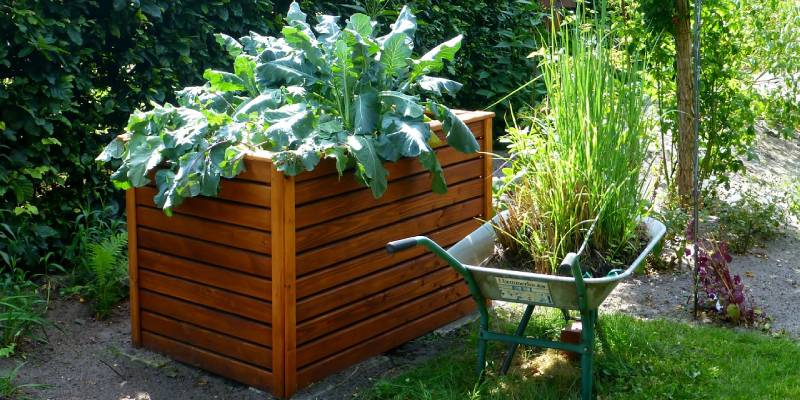
Gardening is quite enjoyable for many of us across all ages, including the elderly who look upon it as a hobby. As well as that, gardening during your retirement years, offers so many health benefits whilst allowing you to complete bigger personal projects that full-time workers don’t have the time for.
However, for those living with mobility complications a lack of functionality can see them struggling to manoeuvre around their home and especially their garden, so it’s essential for them to be able to navigate through it without the concerns about uneven and slippery surfaces, or even sloped areas and steps. Therefore, we’ve teamed up with Acorn Stairlift, providers of stairlifts to give insight on how you may best maintain a garden so it’s accessible for those seeking an independent life, while facing mobility obstructions on a daily basis.
As said, gardening is known to bring great health benefits. In fact, the most admirable benefit this task brings is to those living with Alzheimer’s, as studies have shown that gardening every other day can protect the mind from developing the disease.
Seating
The most attractive aspect of a garden for those living with mobility issues, would be the availability of appropriate seating, to be able to rest and enjoy the view of their outdoor space. For the elderly, aches and pains can strike at any moment, so it’s important if there are seats dotted around the garden that can act as checkpoints for those with larger gardens to tend to. To lower the risk of accidents, opt for a material that is waterproof, durable with low maintenance.
Elevated Beds
For those living with chronic back pain or arthritis, its recommended to install raised flower beds that can allow them to enjoy the beauty of flowers while reducing the need to bend over to maintain. Not only that, it’s essential that they’re moveable so they can be easily relocated if required.
Pathways
A bit obvious but often overlooked, for pathways to be mobility friendly they should be wide enough to allow two people to walk back and forth comfortably. Opting for wood may look more aesthetic to a proud gardener but is prone to becoming slippy in the rain or colder weathers, so concrete or tarmac, both being low cost and maintenance would be the most plausible choices.
Tools and equipment
There have been tools designed to aid garden tasks for those living with mobility conditions, such as folding kneeler stools that have prominent grips to aid tasks such as weeding and planting on concentrated areas. Having a small arsenal of lightweight, long-reach tools that are cheap but very handy at reaching the areas that the user can’t will aid those that have difficulty bending, similar to that of the elevated beds.
Ramps
For those depending on the use of wheelchairs, replacing your steps with ramps is an efficient way to ensure your garden is mobility-friendly. If you’re installing a ramp, make sure a handrail is installed alongside it, so users can remain in control of their movements without losing balance or momentum going up and down the ramps. Installing these at the right height for the user and ensuring the right material such as hardwood is used, as metal can feel cold and wet to the touch.
For many of us, maintaining an active life is all too important and it’s no different at a later stage in life. Therefore, priding upon one’s garden doesn’t just do good for stress levels and personal satisfaction, natural soil acts as an antidepressant, so ensure it’s accessible as it can be!
Sources
https://www.essentialaids.com/mobility-related-information/gardening-with-limited-mobility.html
https://www.carryongardening.org.uk/tips-on-garden-design-for-all-disabled-gardeners.aspx
https://www.stairliftsreviews.co.uk/accessible-gardening/
